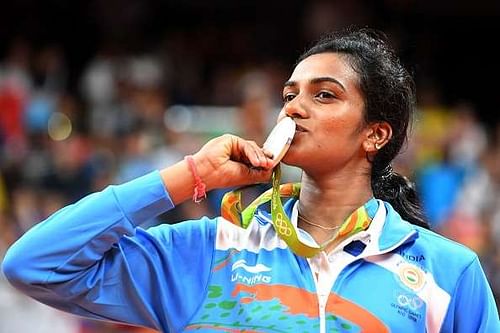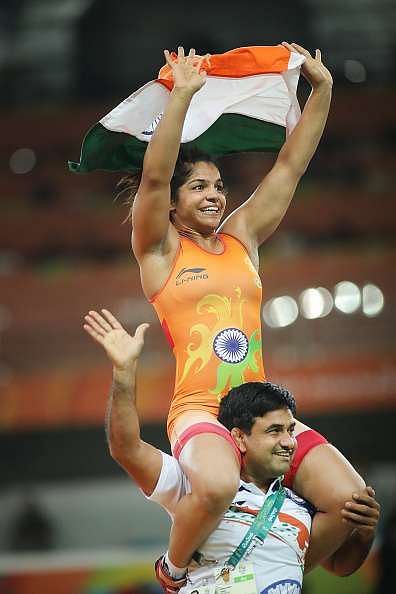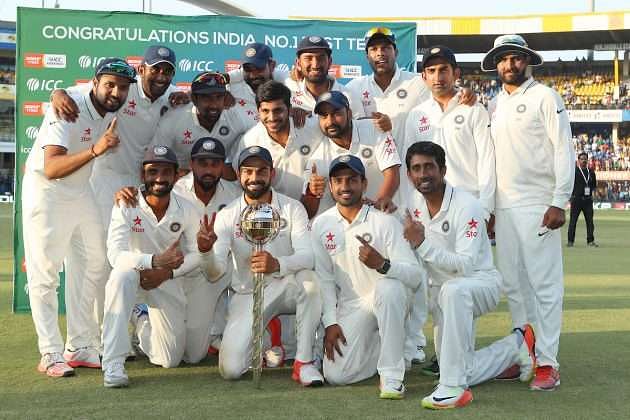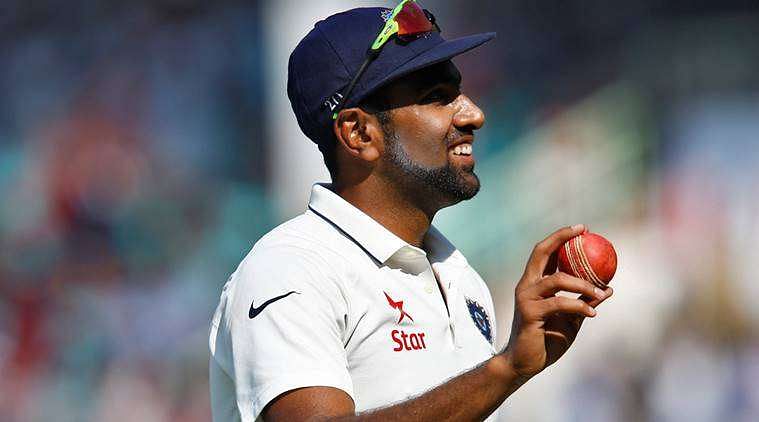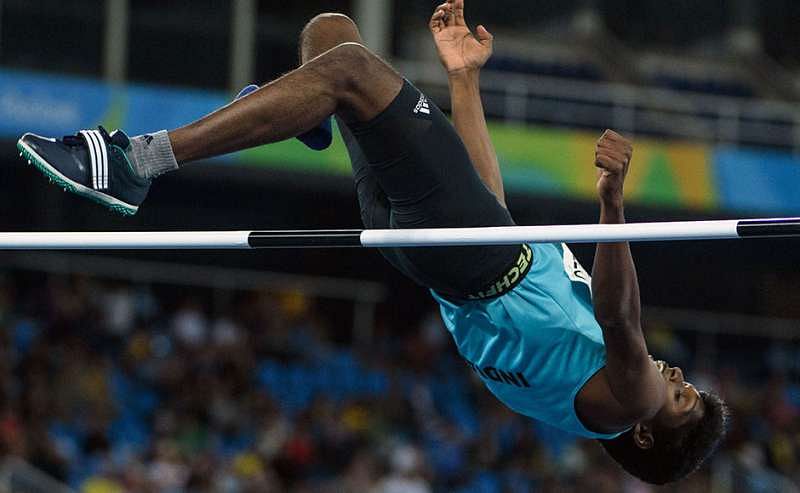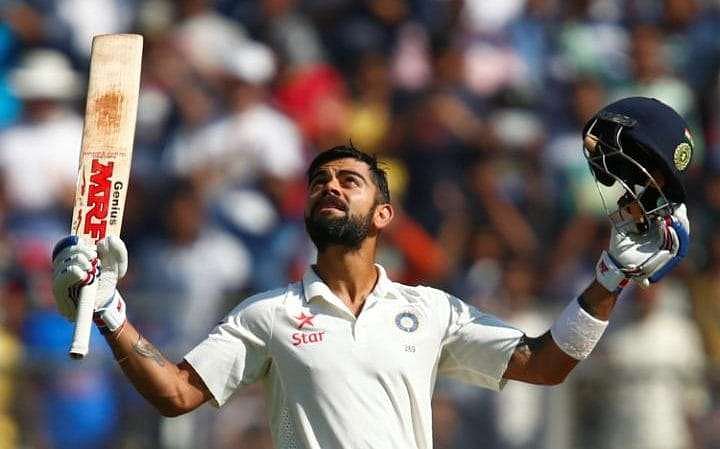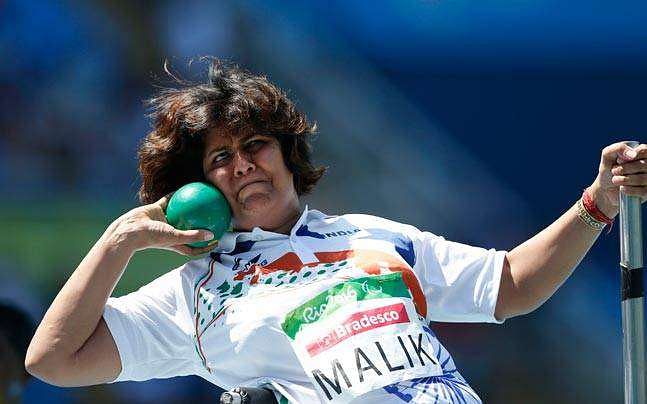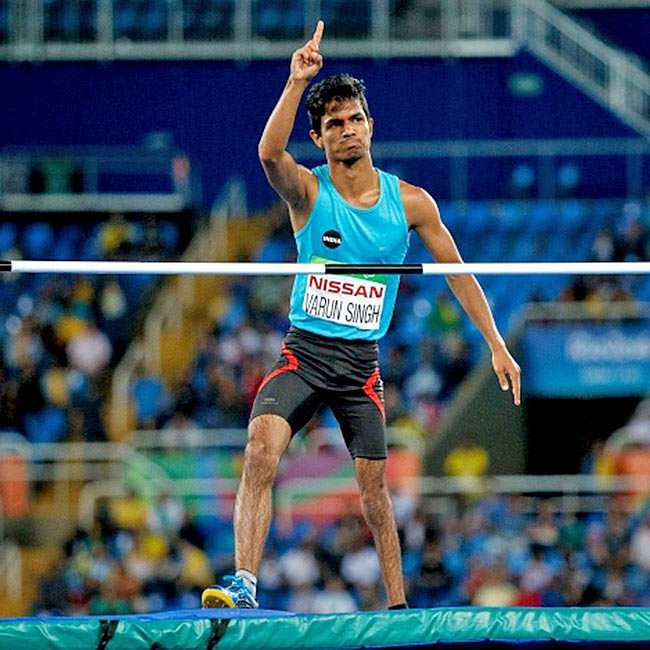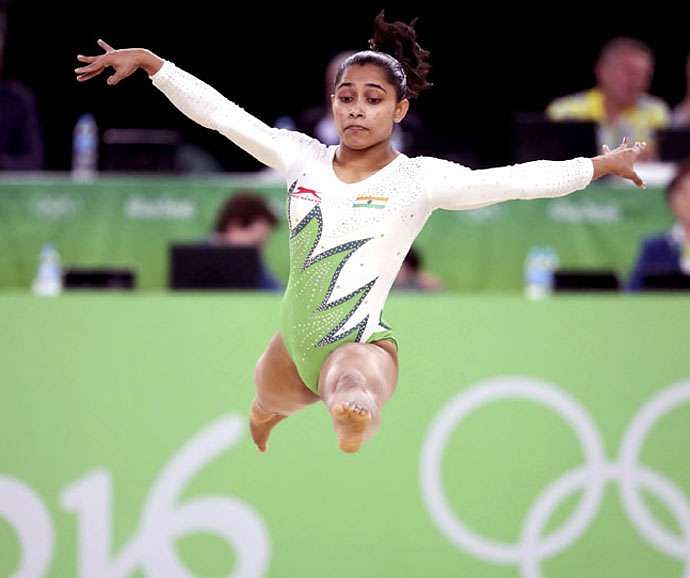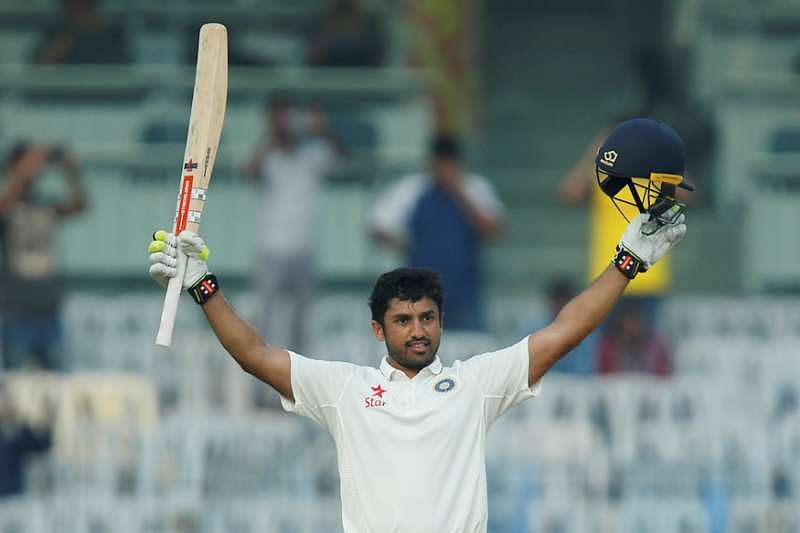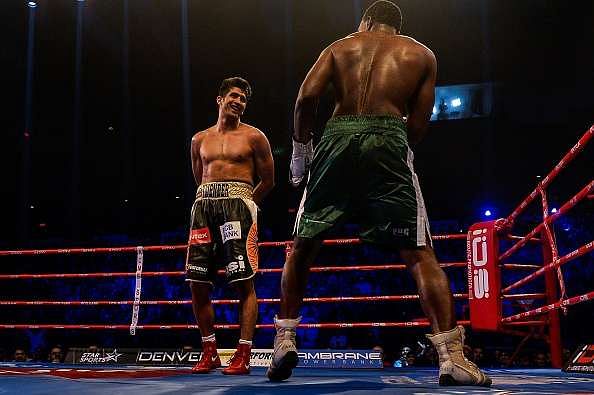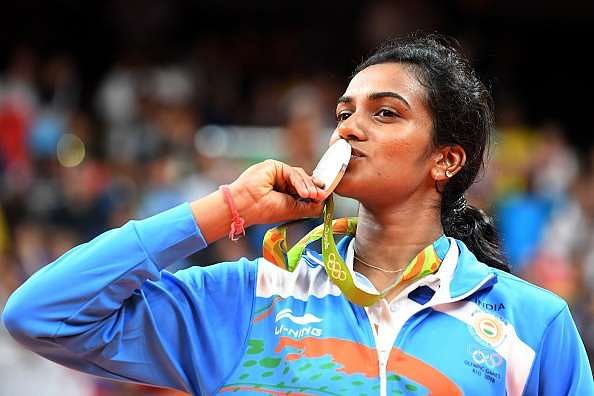
15 photos that defined Indian sports in 2016
It’s that penultimate one week of the year, when you sit back and look at the all the memorable achievements of the last 51 weeks. It was a year of mixed fortunes for India in particular, with a poor show at the Rio Olympics. However, Cricket still ruled the roost whilst the women came to the fore on the sporting scene in the likes of PV Sindhu, Sakshi Malik, Dipa Karmakar and Aditi Ashok amongst others. Thus, Sportskeeda looks at the top 15 photos which defined Indian sports in 2016.
India sent across it’s largest ever contingent at the Rio Olympics, but one-by-one all the medal hopes went on shattering and that is when the young gun, PV Sindhu battled her way into the badminton finals much against expectations.
The determined girl fought hard and drew admiration with a lot of grit and passion but unfortunately could not go the distance against Spain’s Carolina Marin and settled for the silver medal on the podium. She brought forth joy in a country where there was dearth when it came to presence on the medal tally and in the process, bettered Saina Nehwal’s bronze medal finish at the London Olympics.
Aamir Khan’s dialogue in Dangal, “Mhari chhoriyan chhoron se kam hain ke!” (My girls are no lesser than the boys) could rightly be used for India’s show at the Olympics, with two medals and both coming from lady athletes. Sakshi Mali put an end to India’s disappointing performance at the Olympics with her bronze medal in the 58kg freestyle wrestling category. The Haryanvi girl defied odds, to claim a thrilling 5-8 victory in the repechage stages to defeat Aisuluu Tynybekova of Kyrgyzstan.

The Indian colts surpassed the senior team in hockey winning the all-important 2016 Hockey Junior World Cup which was held in Lucknow. A team that had notably prepared for the global stage for two and a half years under coach Harendra Singh remained unbeaten throughout the course of the competition and seemed to be a better force than their rivals in all aspects, from fitness and talent to skills galore.
Led by Harjeet Singh, the team overcame Belgium in the final encounter to claim the coveted trophy on their home soil.
There are very few sports in which India is the dominant force on the global stage and well, Kabaddi is one of them. The Indian national team showcased their supremacy and might in all forms at the 3rd Kabaddi World Cup which was held after a hiatus of nine years. Despite, suffering a shock defeat against South Korea in the opening encounter, the team came back strongly to defeat the Iranian power-house in the finals.
The defending champions led by Arjuna awardee Anup Kumar rode on the heroic efforts of Ajay Thakur to win the prestigious title for the third consecutive time.
2016 can best be remembered as a spectacular year for India’s test cricket team. Banking on their form from last year, the team is on an 18-match unbeaten streak having won five back-to-back series. Under the aegis of young and aggressive captain Virat Kohli, India started off by defeating the West Indies 2-0 in an away series, inflicted a 3-0 whitewash on New Zealand and more recently thrashed England 4-1 on home soil.
Overall India played 12 Tests, won 9 and drew 3 to pip neighbours Pakistan off the number one position and be worthy recipients of the Test Mace after the series win over the Kiwis.
It was truly a golden year for Ravichandran Ashwin, winning double accolades as the ICC Cricketer and Test cricketer of the year-2016. Spearheading India’s bowling attack, Ashwin had a successful run with the team whether it was in away fixtures or on the home soil. He finished the year as the world’s leading wicket-taker with 72 of them from just 12 Test matches.
Combine that with 500 plus runs at an average of approximately 45, and one could say that Ashwin had left his contemporaries behind by a huge margin.
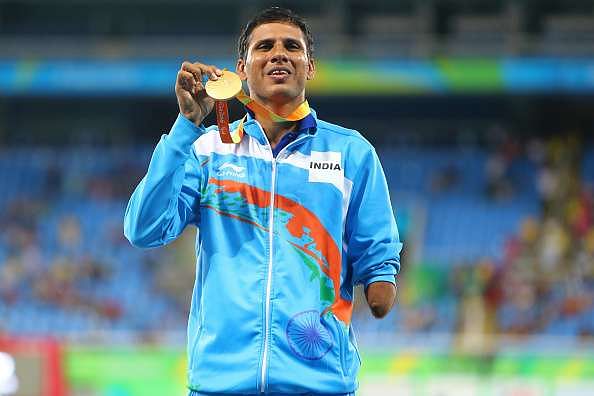
"Main kamzor nahi kehlana chahta tha (I didn't want to be known as a weakling)." And certainly, so, the lion-hearted athlete, Devendra Jhajharia with his left arm amputated below the elbow, repeated his feat from the 2004 Athens Paralympics in 2016 at Rio when he won his second gold medal in the javelin throw.
With his mighty throw of 63.97m, he not only secured the top finish on the podium but also improved his personal best in the event which was recorded 12 years before.
Mariyappan Thangavelu’s right foot was crushed in an accident when he was five years old due to a rash driver. But, given his grit and determination, it hardly ever proved to be a hindrance. His landmark achievement came forth in the 2016 Rio Paralympics when he clinched the gold medal in the high jump in the T-42 category.
The 21-year-old has time on his side and aims to compete and win medals in the 2020 and 2024 Paralympics.
Virat Kohli, the batting wizard and the skipper of the Indian Test team was the architect behind India’s successful run at home and overseas. Making the most of the year, he hit a record three double centuries. The first of the three came against the Windies in Antigua, then 211 against New Zealand at Indore and to wrap up the year, the career-best 235 against England in Mumbai.
With this record, he etched his name in the history books for being the first Indian player and captain to achieve this rare feat.
Inspiration-in person, Deepa Malik scripted history when she won the silver medal in the women’s shot put F 53 event at the summer paralympics in Rio. With her podium finish, she became the first Indian women and oldest athlete ever to win a medal at the Paralympics.
The 45-year-old who is an accomplished swimmer, adventure sports player, international athlete, biker, as well as an entrepreneur, had shot a personal best of 4.61m over six attempts to claim the medal.
In the same category as Mariyappan Thangavelu, T 42, Varun Singh Bhati also finished on the podium with his bronze medal in high jump at the 2016 Rio Paralympics. Bhati jumped his personal best of 1.86 metres to finish third at the quadrennial extravaganza, and going by his form and talent, he is set to fetch more laurels for the country in the future.
Participating in the Olympics for the first time at Rio 2016, Dipa not only made history by qualifying for the finals but narrowly missed out on the bronze medal with her fourth place finish. Nonetheless, the fearless athlete won a billion hearts for her impressive effort which included attempting the Produnova vault, one of the most risky feat in gymnastics and often referred to as the “vault of death.”
After a hiatus of eight years, an Indian cricketer in the capacity of new-comer Karun Nair scored a triple century in Test cricket. The magnificent knock of 303 not-out came at Chennai against England. What made the youngster’s innings more special was the fact that he playing just his third Test match, and this was his maiden Test ton to join the elite club of 300 alongside the Nawab of Najafgarh, Virender Sehwag.
Riding on his effort, India went on to win the match by an innings and 75 runs despite England posting 477 runs in the first innings.
Aditi Ashok not only became the youngest golfer to tee-off at the Olympics in Rio but also made history by winning Ladies European Tour and women’s Indian open in Gurgaon. She topped that up by winning her next tournament, the Qatar Ladies Open in Doha and almost scored a hattrick with she finished tied-third Dubai Ladies Masters in December.
For her spectacular performances throughout the year, Aditi was deservedly named LET 'Rookie of the Year'.
After turning professional, Indian pugilist Vijender Singh has all but punched his opponents out of the way in some dominating fashion. In 2016, he claimed WBO Asia Pacific Super Middleweight title by defeating Kerry Hope. Tanzanian Francis Cheka challenged the Indian, but on the D-day, December 17 he was reduced to the stature of a minnow against Vijender losing the match in a technical knock-out, thus ensuring that the title remained with Vijender.
